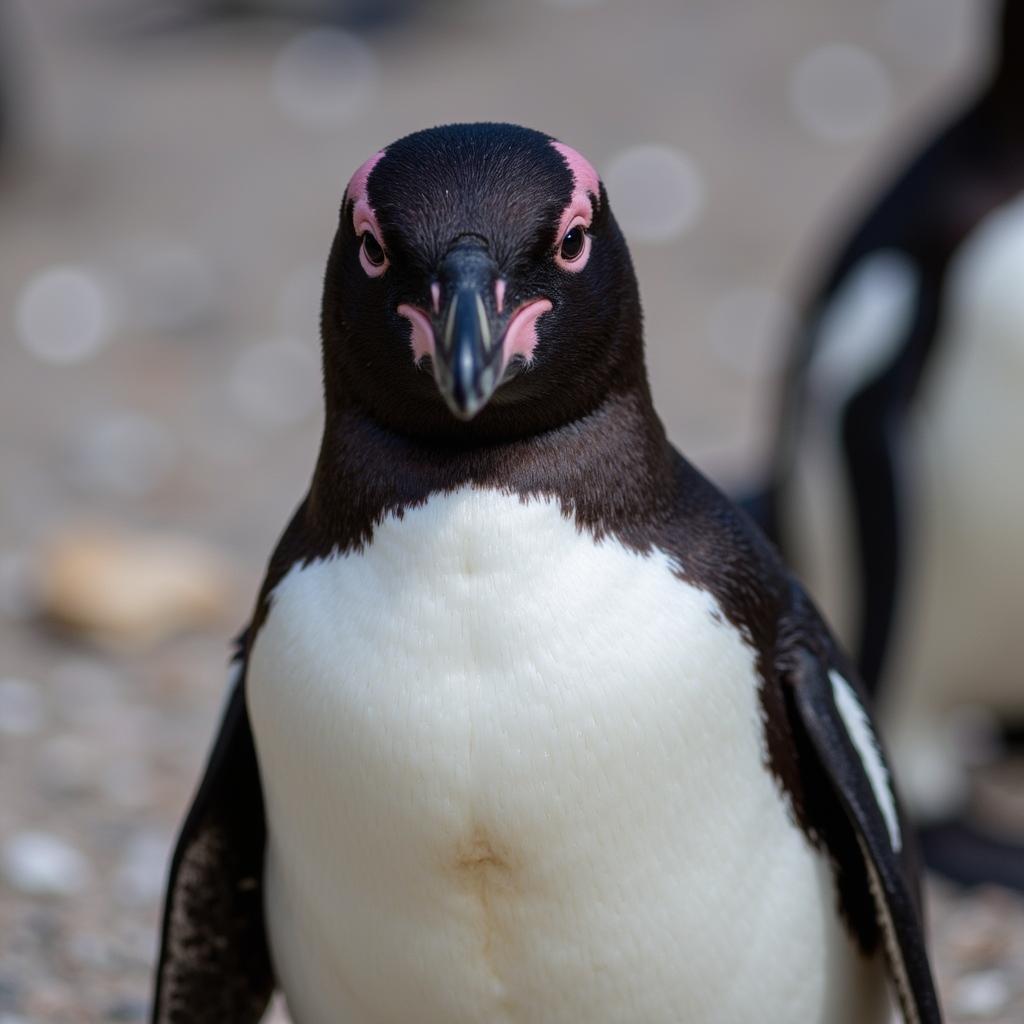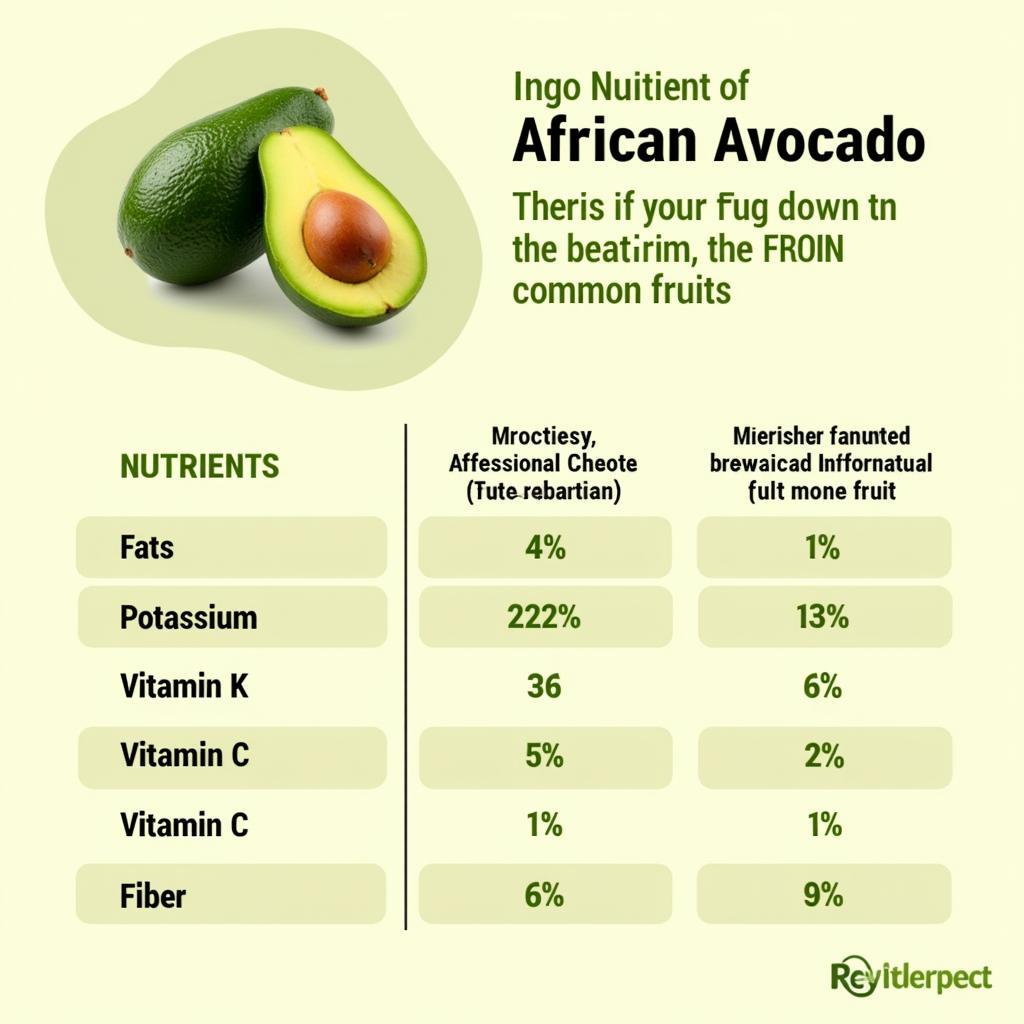African Black Footed Penguin: A Deep Dive into Their World
The African Black Footed Penguin, also known as the jackass penguin for its distinctive braying call, is a charismatic bird endemic to the southern African coastline. These flightless birds play a vital role in the marine ecosystem and are a beloved symbol of the region. Let’s delve into the fascinating lives of these unique creatures.
The African black footed penguin, a flightless bird native to the coasts of South Africa and Namibia, faces numerous threats in its natural habitat. These include overfishing, habitat destruction, and pollution. Conservation efforts are crucial to ensuring the survival of this iconic species. The African penguin is highly adapted to its marine environment, with waterproof feathers and streamlined bodies that enable them to navigate the waters with ease. They feed primarily on small fish and crustaceans. African penguin
Understanding the African Black Footed Penguin’s Unique Characteristics
These penguins are easily recognizable by their black and white plumage, with a characteristic band of black feathers across their chest. They stand approximately 60-70 cm tall and weigh between 2 and 5 kg. The African black footed penguin boasts a unique adaptation – pink glands above their eyes that help them regulate body temperature in the hot African sun. When temperatures rise, these glands become more perfused with blood, allowing excess heat to dissipate.
What is the African black footed penguin’s lifespan? In the wild, African black footed penguins typically live for 10-15 years, although some individuals have been known to reach their early twenties.
 African Black Footed Penguin Physical Characteristics
African Black Footed Penguin Physical Characteristics
Habitat and Distribution of the African Black Footed Penguin
The African black footed penguin’s range is primarily along the coasts of South Africa and Namibia. They prefer islands and coastal areas with suitable breeding sites and abundant food sources. These penguins have established colonies on several islands, including Robben Island, St. Croix Island, and Dassen Island.
Where can you find African black footed penguins? You can find African black footed penguins in colonies along the southwestern coast of Africa, primarily in South Africa and Namibia.
Diet and Feeding Habits of the African Black Footed Penguin
African black footed penguins are skilled swimmers and divers, foraging for food in the cold, nutrient-rich waters of the Benguela Current. Their diet mainly consists of small pelagic fish, such as anchovies, sardines, and pilchards, as well as squid and crustaceans.
What does the African black footed penguin eat? The African black footed penguin primarily eats small fish like anchovies and sardines, supplementing their diet with squid and crustaceans.
Threats and Conservation Efforts
Sadly, the African black footed penguin is classified as endangered. Overfishing, habitat destruction, oil spills, and climate change are major threats to their survival. Several organizations are working tirelessly to protect these penguins, including the Southern African Foundation for the Conservation of Coastal Birds (SANCCOB). These efforts include rescuing and rehabilitating oiled penguins, monitoring populations, and educating the public about the importance of conservation. African black footed penguin length
What is being done to protect the African black footed penguin? Conservation efforts focus on rescuing oiled penguins, monitoring populations, protecting nesting sites, and addressing the threats of overfishing and climate change.
Breeding and Reproduction
African black footed penguins typically breed twice a year, laying two eggs in burrows or under bushes. Both parents share incubation duties and chick rearing. African black footed penguin gestation period
How long is the African black footed penguin gestation period? The incubation period for African black footed penguins is typically around 40 days.
Conclusion
The African black footed penguin is a remarkable creature facing a precarious future. By understanding their unique characteristics, challenges, and the ongoing conservation efforts, we can all contribute to ensuring their survival for generations to come. Let’s continue to support the organizations dedicated to protecting these charismatic birds and the delicate ecosystems they call home.
FAQ
- Are African black footed penguins the same as jackass penguins? Yes, they are the same species.
- Why are they endangered? Overfishing, habitat destruction, and pollution are the primary threats.
- What do they eat? Primarily small fish, squid, and crustaceans.
- Where do they live? Along the coasts of South Africa and Namibia.
- How long do they live? Typically 10-15 years in the wild.
- What is being done to help them? Conservation efforts focus on rescue, rehabilitation, and habitat protection.
- How can I help? Supporting conservation organizations and spreading awareness are key ways to help.
Expert Insights
Dr. Thandiwe Ndlovu, a leading marine biologist specializing in African penguin conservation, states, “The African black footed penguin’s decline is a stark reminder of the impact human activities have on marine ecosystems. Immediate action is crucial to reverse this trend.”
Professor Mandla Mokoena, an ornithologist with extensive experience studying African penguins, adds, “Protecting nesting sites and ensuring sustainable fishing practices are essential for the long-term survival of these iconic birds.”
For further information on African wildlife, explore our articles on other fascinating species found on the continent.
Need more help? Contact us 24/7: Phone: +255768904061, Email: kaka.mag@gmail.com, or visit us at Mbarali DC Mawindi, Kangaga, Tanzania.

